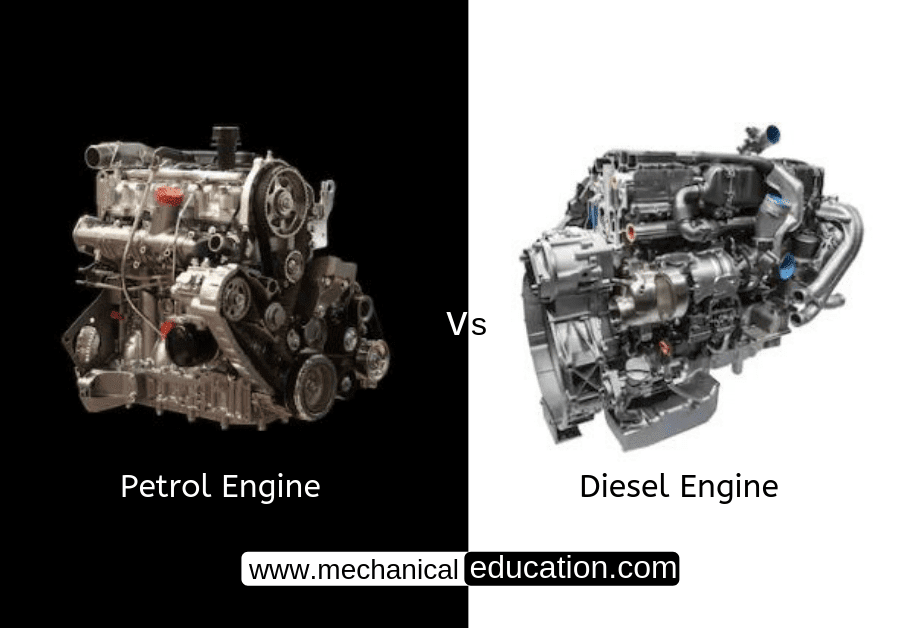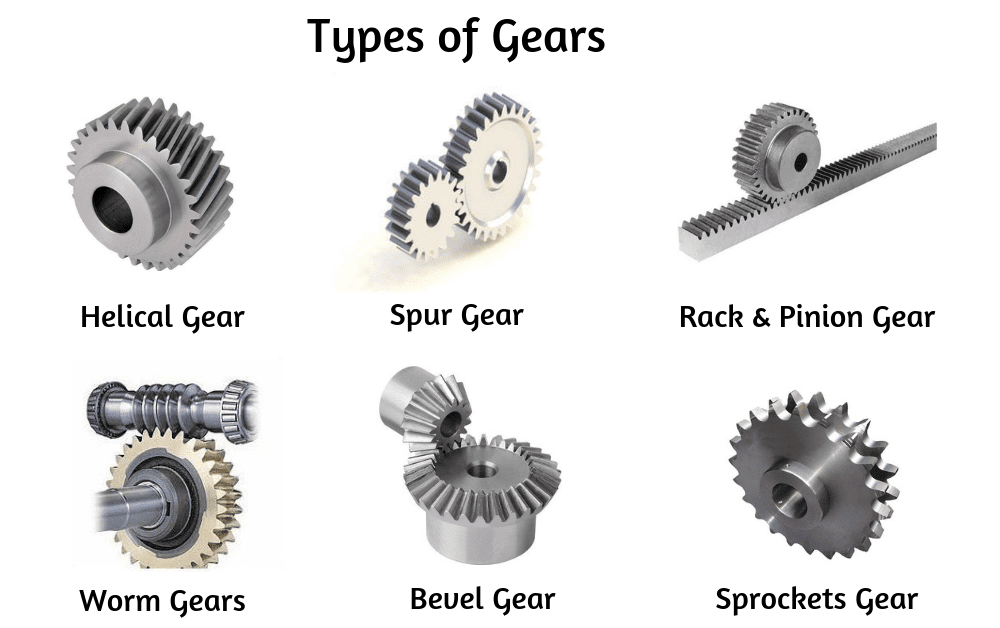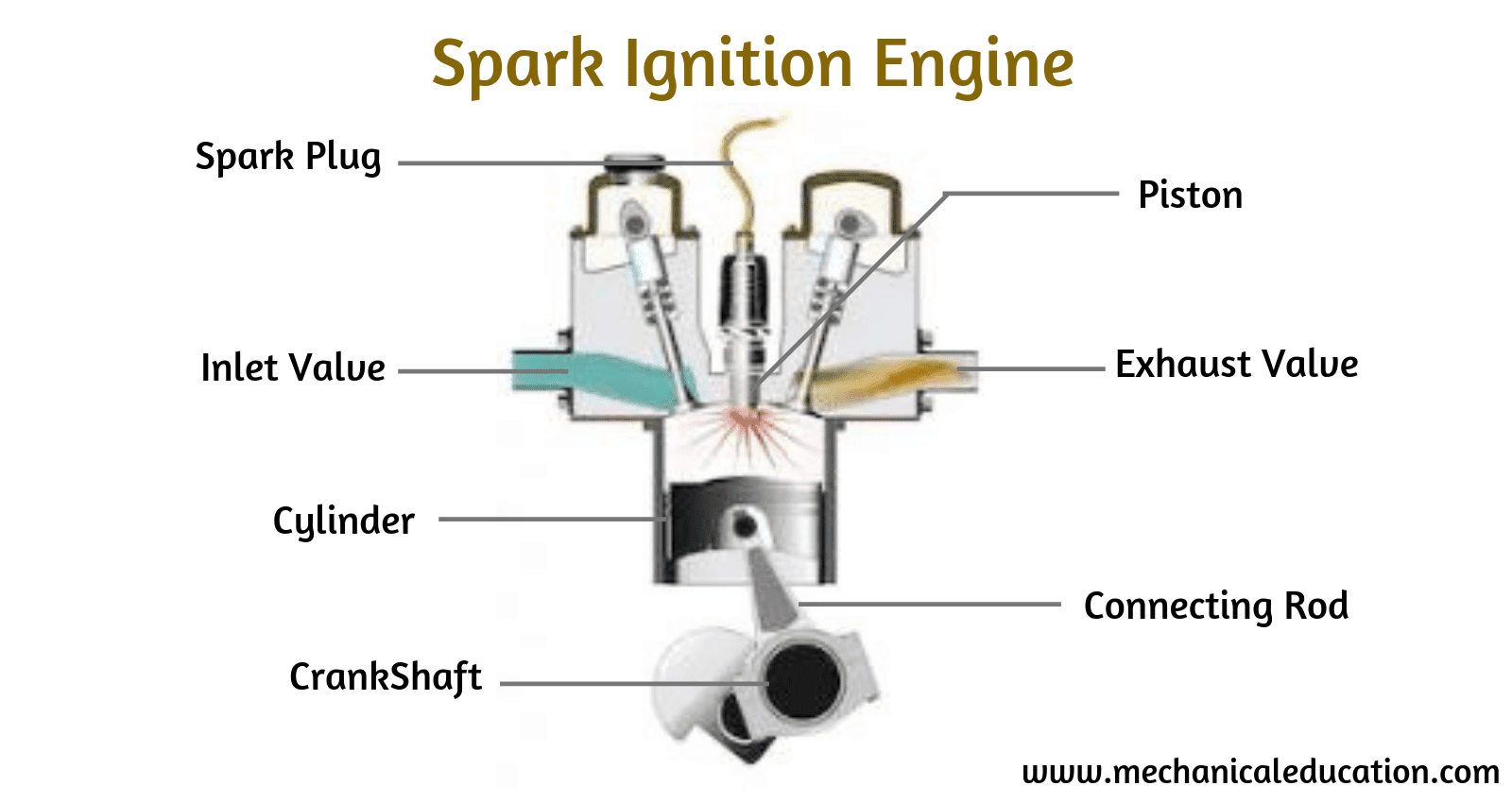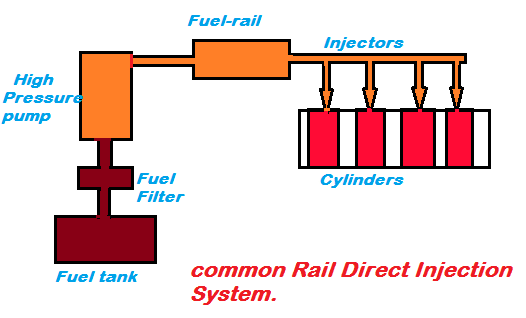Introduction: The carburetor is an essential part of any vehicle’s engine. It is responsible for ensuring that the right mixture of air and gasoline is delivered to the engine cylinders, allowing for the combustion process that powers the engine. Through its various components, including float valves, jets, levers, and linkage arms, the carburetor can control how much fuel is mixed with air as well as how it is delivered to the engine cylinders. In this blog post, we will discuss what a carburetor is and why it’s important for optimal engine performance.
What Is a Carburetor?
A carburetor is a device typically found on older vehicles that mixes air and gasoline together to create a combustible mixture for your engine. This combustible mixture is known as “air-fuel ratio” or “AFR”. The AFR needs to be just right in order for your vehicle to run properly. Too much fuel mixed with too little air will cause poor performance while too much air mixed with too little fuel will cause incomplete combustion resulting in decreased power output from your engine.
How Does It Work?
The carburetor contains several moving parts which include float valves, jets, levers, and linkage arms that control how much fuel is mixed with air as well as how it is delivered to the engine cylinders. The float valve controls the amount of fuel that enters into the carburetor while jets are used to regulate air flow into the intake manifold of your engine. Levers and linkage arms are used to control when fuel should be released into the intake manifold based on changes in throttle position or RPMs (revolutions per minute). All of these components work together to ensure that there is always enough fuel for optimum combustion while using as little gasoline as possible in order to reduce emissions and increase fuel efficiency.
Conclusion:
The carburetor plays an important role in ensuring that your vehicle runs efficiently by providing just enough fuel for combustion while also using as little gasoline as possible. Its various components – float valves, jets, levers and linkage arms – all work together to ensure optimal performance of your vehicle’s engine by controlling how much fuel is mixed with air as well as when it should be released into the intake manifold based on changes in throttle position or RPMs (revolutions per minute). Proper maintenance of your car’s carburetor can help you get more out of every trip you take! Understanding how this important component works can help you diagnose potential issues quickly so you can get back on the road!




